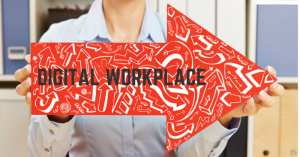Confused and scared of all the corporate data going digital, and employees uncontrollably using it from whenever and for whatever purposes? Or, with almost no paper left in the office and the IT-guys taking care of security issues, consider the digitization done on your part?
In fact, there is always something worth to establish: as a 2015 study from Avanade shows that digital tools improved productivity at 67% of the companies, and 43% could even grow their revenues as a direct consequence of digital adoption.
You don’t have to start from scratch though, if you use those building blocks in everyday practice, to make it fully digital. These building blocks are the steps you have already taken towards digitization. Here are the four major changes in detail:

1.Input tools and methods
From the dawn of the computer age, the traditional input tools and methods have been slowly replaced by digital ones. Besides paper and pen, we benefit from keyboards, mouse, scanners or cameras – all implicit accessories in every office. The replacement process is slow, but as we’ve seen in a 2014 research from Coleman Parkes and Ricoh, the majority of business leaders in Europe expect the transition from digital transformation to digital maturity by 2019. Mobile devices in the workplace [see our previous post] are just a result of a natural evolution thereof: a closing gap between the information technology you use at home and at the office.
2. Data management and storage
The information you put in any system needs to be processed and stored and it needs more than hardware for that. It’s true that paper files are harder to go extinct than typewriters, but when was the last time you only had to process analog data? What you have to deal with day by day are already bits and bytes and it’s already an amazing gain in productivity. AIIM Market Intelligence data shows that improved productivity is in fact the second strongest driver in implementing paper-free processes, for over 40% of the companies.
You may not even be aware, but probably most of the applications and documents are stored on servers outside of company premises. Think Google Docs on a laptop versus MS Office and .doc files on your desktop computer. According to a 2016 study by RightScale, already 91% of the companies globally are at some stage of cloud adoption, from the planning stage to heavy use.
3. Communication tools and methods
Together with the other elements of work, communication has also been changing to digital and intuitive. Accelerated as a trend by the Millennials prevailing the workforce, a demand for open collaboration made new and quicker channels go widespread. You might still have landlines, but video conference calls are also integral parts of today’s corporate communications. Internal social networks, company chat boards, collaborating in share documents are just as well available. The point is not to have one obligatory way of communication, but a selection for every working style.
4. Output tools and methods
Just as with the input, the digitized output devices are so much parts of the everyday office life you barely recognize them. Your monitor is a given, and so is the printer or the projector that are able to display your work. Even if it didn’t come easy at first (i.e. print handouts of presentations), the editing possibilities and the on-demand nature of these digital tools eventually made them exclusive.
It turns out that, the business mindset’s change to digital, especially the switch to digital-first, is a surefire way to improve bottom lines. As a pleasant consequence, it has taught many of us to enjoy work again.




